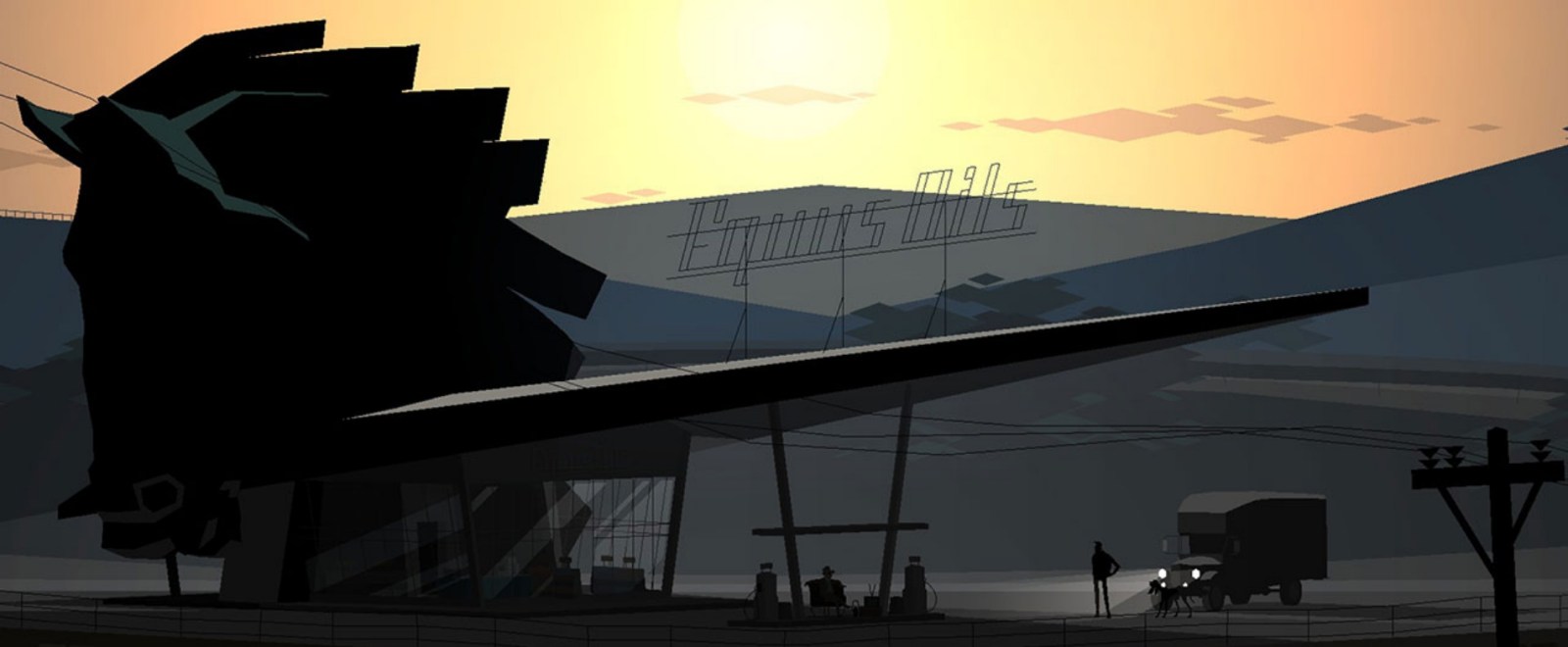There’s no way to lose when you play Kentucky Route Zero, but some ways to play are better than others. It’s not a game for speed-running, for one. Sure, you could zoom through the text and go directly to the end, but that’s an exercise that completely misses the point of what the game’s five acts are actually about.
Much like some of the best trips in the real world, Kentucky Route Zero is a journey best taken at a leisurely pace. Meandering, and having a bit of a curious streak, often reaps the best rewards with the point-and-click adventure game that took Cardboard Computer nine years to make. Since 2013 its five acts were released slowly, with playable interludes in between expanding the story, all of which came together with the January release of Act V and the full collection in Kentucky Route Zero: TV Edition on consoles.
Its final release is a tough game to review because its various acts have already existed for so long, but also because it’s difficult to describe the depths and emotions that come with playing the game. It’s spectacular, and if you’ve played it, there’s good reason to go back and play it all again because it’s far more than a point and click adventure game. It’s not really even a game at all.
Act I starts with one character, Conway, and an unnamed dog stopping by Equus Oil for directions to 5 Dogwood Drive. You start by getting to chose that dog’s name, but it quickly becomes about so much more than delivering antiques. The story expands and absorbs you completely as you travel along the Route in different ways and with different people. And as you choose the words of each character you play, the game’s possibilities and narrative unspool.
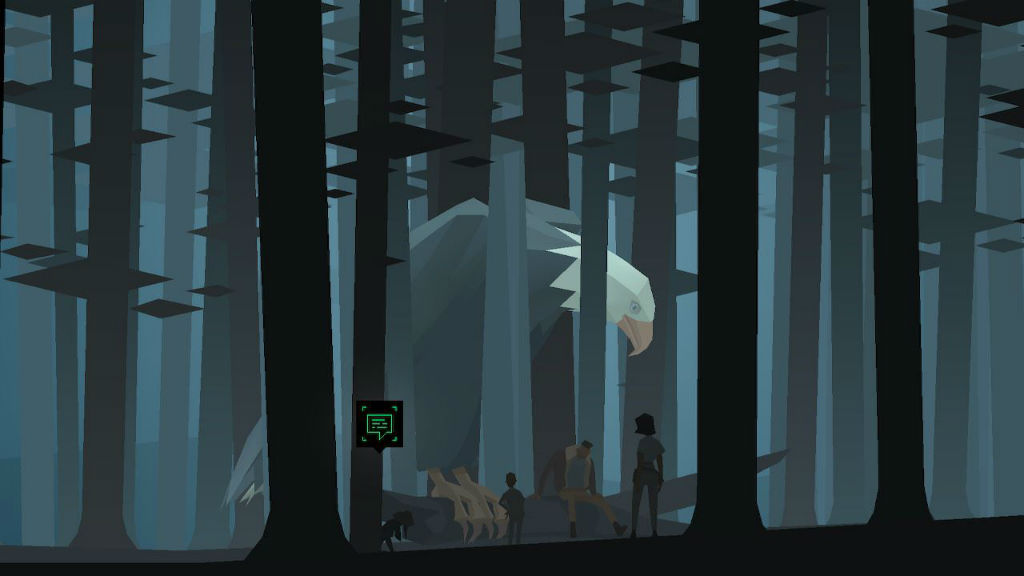
That Kentucky Route Zero is such a personal journey speaks to the brilliance of its design. The various characters you play all become a part of you as you choose their dialogue and what parts of the game to explore. The path meanders a bit because of what you do, but it never feels tiresome or extraneous. It’s an experience, and the freedom of a game without a high score or achievements is liberating. In many ways the path Cardboard Computer took in making the game echoes the journey the story itself takes. What started as a self-contained game in five quick acts became something much larger, and something that took far longer than anyone anticipated as years passed between each act’s release. But as the game grew, the story it told remained strikingly consistent.
“I think it helps that we’ve been immersed in this project ourselves for this long, never really putting it down,” Kentucky Route Zero writer Jake Elliott told Uproxx. “And even as we’ve grown as artists while working on it, it’s still the same three people at the middle of the process.”
That trio working alone made Kentucky Route Zero what it is — Elliott writing the game’s story, Ben Babbitt composing the soundtrack, and Tamas Kemenczy creating the striking visuals. The music from the game is of particular note: Babbitt’s soundtrack moves from eerily haunting to emotional and often crushingly sad, its five acts each anchored by a traditional folk song and influenced by elements of synth and Kentucky twang.
Babbitt was brought into the fold during the creation of Act I and said he initially recorded all five main songs when the game was imagined as much smaller. But as the acts grew and work began on Act II, the Art Institute of Chicago graduate became much more involved in the creative work that went into the game itself.
“They gave me a lot of space to bring my own voice to it and my own ideas. At the beginning of the process it was all very new to me,” Babbitt told Uproxx. “I’d never worked on a game project, I’ve never scored anything of any kind.”
The result is a game full of musical themes and musician characters, though it uses sound design sparingly. Much of the early work initially recorded was redone over the years, while other elements of the sound design were recorded in various places while Babbitt moved to Los Angeles and toured overseas.
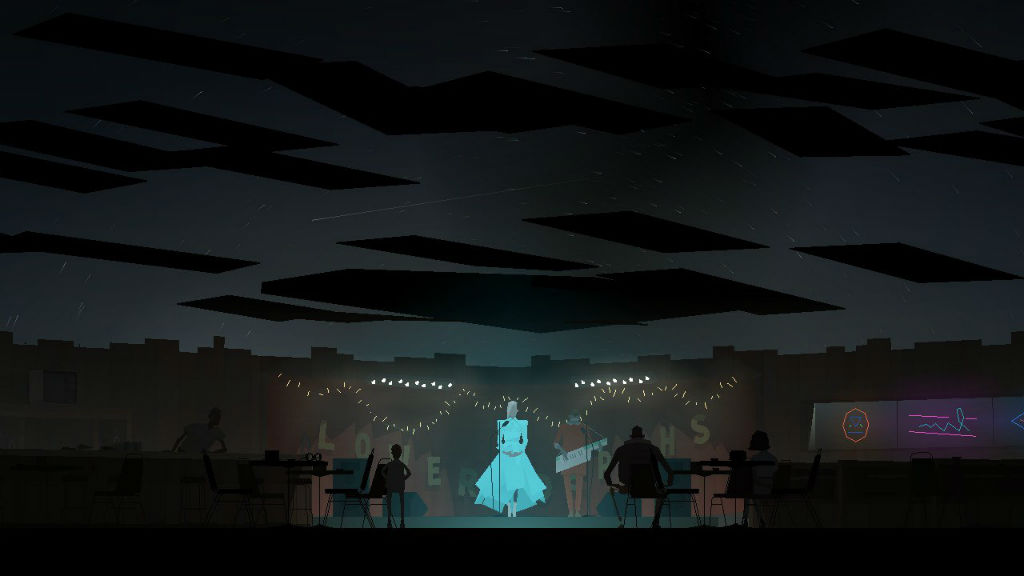
“I think three of those were re-recorded with some very different treatment,” Babbitt said. “It kind of evolved with the rest of the game and the rest of the music. There was room for me to take it to a different place that was interesting.”
Perhaps it’s why those musical moments hit the player so hard, like when the roof of a bar called the Lower Depths quite literally flies off in Act III during a song called ‘Too Late To Love You,’ in which the player gets to pick the lyrics out for themselves. Babbitt said he and Elliott wrote nine verses to the song often cited as the musical highlight of the game, though it’s tough to pick out of the game’s vast collection of beautiful moments.
Babbitt said the game’s cohesion is a result of how closely Cardboard Computer worked together to develop where the Route was going as the acts were fleshed out. But he stressed that the story was always there, giving them a “connective tissue” to keep the game tethered together as it expanded and grew.
“The story, the different parts of the story and the arc of it was kind of already established at the onset. There was an outline, there was a beginning and an end,” Babbitt said. “The individual parts and the kind of connective tissue and those beats of the story — there was more openness there and an ability to take the story in that direction if it interested us at the time.”
That often meant creating music and text that some players may never find, and being okay with the idea that gorgeous moments may stay hidden in places players may never go. For example, there’s a scene the composer explained to me that I completely missed on my first play-through of Act II in an office that was once a cathedral. I explored the floor full of bears, sure, but I missed triggering an organ composition that Babbitt was particularly proud of.
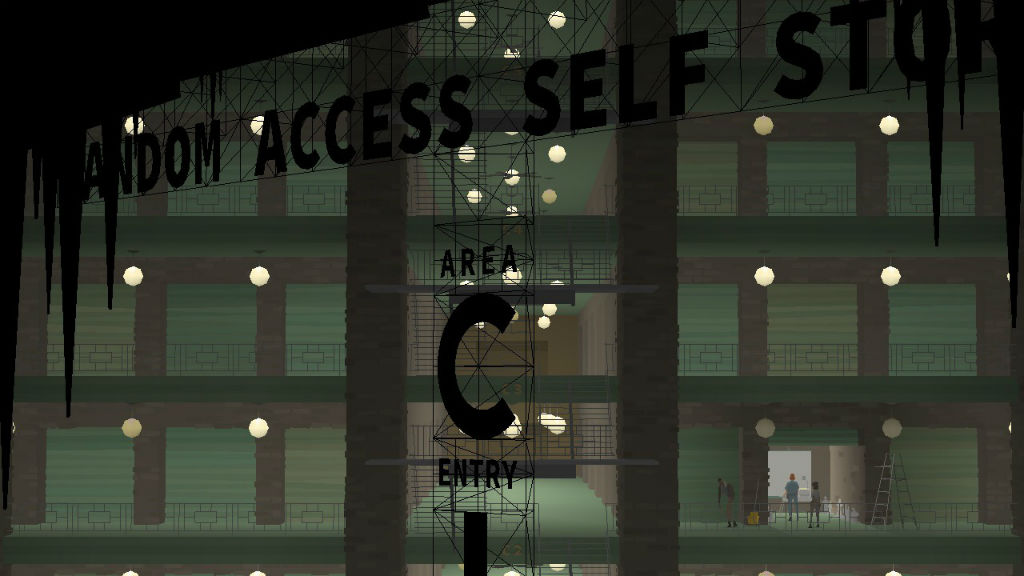
“I think you only see that performance if you kind of wander a bit out of frame and then the camera moves with you and reveals this character sitting at the organ and that kind of triggers this kind of performance,” Babbitt said. “There are other moments like that in the game that are not essential that, like, it’s not a task you have to complete. It’s an experience that’s available to you if you kind of choose to wander outside of the beaten path.”
That you never know exactly where to go is a strength of the game itself: Kentucky Route Zero has a clearly-defined path despite you ever really feeling on rails. If you choose one string of text over another you may get to the same general response anyway, but it feels like it’s your choice in your story. And the sense that you might miss something regardless of what you pick never really fades. Even when playing as thoroughly as I could — navigating countless telephone menus in a between-act vignette or driving aimlessly down the road just in case something was there — it would never be possible to find all the game’s small secrets.
“It’s a project that is densely populated with a lot of other sort of little vignettes that have sound and music in them or visual vignettes that have sort of peripheral scenes that you might not encounter unless you’re kind of wandering more than getting through the story or getting to the end of it,” Babbitt said. “So in that way I feel like it would kind of be kind of difficult to play through the whole project and hit those sort of moments in one sitting or one play through. But there is no kind of linear, right way to play it.”
Letting yourself get absorbed in the stories is the best way to experience those moments, though. Kentucky Route Zero is a game that somehow captivates you with conversations about electrical monopolies and weird bureaucratic nonsense and then leaves you dumbstruck with music that feels supernatural and somehow timeless. It’s not a game you quote, but one that forces you to feel something that will remain with you long after its tearfully sad version of ‘This World Is Not My Home” leaves your ears.
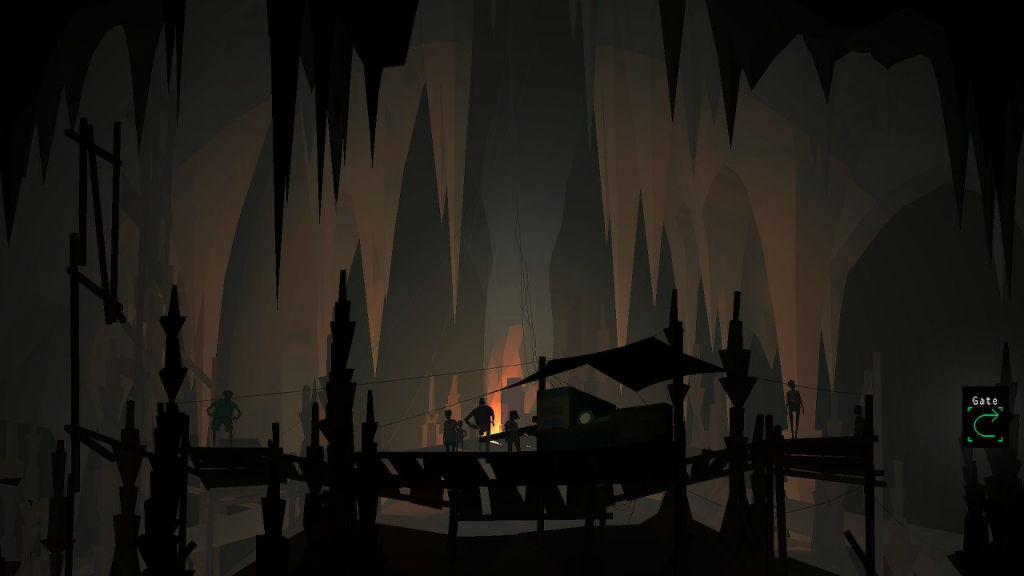
Kentucky Route Zero is a game about reclamation and life cycles in a world untethered from time and space, but it’s also about the deep anxieties that come with living in modern times. The characters struggle with debt and loss and worry, and the tension seeps into both the music and the quietest moments of the game. In speaking with Cardboard Computer it was clearly intentional: Kentucky Route Zero is a game that reflects the emotions of life in a worrying time.
“Debt is such a major component of modern life for most of us living under capitalism, in one way or another, and like most artists we want to make art about what it’s like to be alive right now.” Elliott said. “Debt itself was an especially pressing lens through which to look at American life when we started the project (around the 2008 financial crisis) and that’s all still playing out today.”
It’s part of what has kept the game cohesive despite it taking more than a decade to complete: the same problems that influenced its creation are still impacting the lives of players today. Yet it feels much less like a period piece than a journey that reflects the lives of those playing.
In selecting the path you take through Kentucky Route Zero, players put parts of themselves into the journey, which means it will always be relevant to those that follow the path. Even if they’ve already traveled most of it once before.

